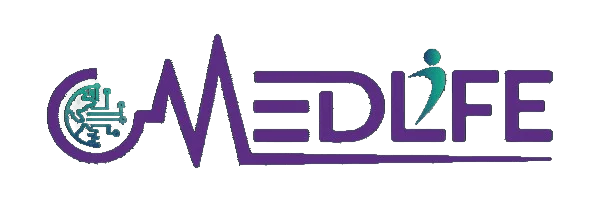In medical practice management, billing is a critical function that ensures healthcare providers receive proper compensation for their services. With the advancement of technology, medical billing has evolved significantly, offering alternatives to traditional paper-based methods. In this article, we’ll delve into the pros and cons of online medical billing compared to conventional methods, providing insights to help healthcare providers make informed decisions about their billing processes.
Traditional Medical Billing Methods:
Traditional medical billing involves the manual processing of paper claims, where healthcare providers fill out paper forms detailing patient diagnoses, procedures performed, and other relevant information. These paper claims are mailed or faxed to insurance companies for processing and reimbursement. Here are the pros and cons of traditional medical billing methods:
Pros:
Familiarity: Traditional medical billing methods have been used for decades, and many healthcare providers are familiar with the process. Staff members may find it easier to navigate paper forms and documentation.
Control: With traditional billing methods, healthcare providers have more control over the billing process, as they directly handle all aspects of claim submission and follow-up.
Offline Accessibility: Traditional billing methods do not rely on internet connectivity, making them accessible even in areas with limited or no internet access.
Cons:
Time-Consuming: Manual processing of paper claims is time-consuming and labor-intensive. Staff members must fill out forms by hand, increasing the likelihood of errors and delays in reimbursement.
Error-Prone: Paper-based billing is susceptible to illegible handwriting, missing information, and data entry mistakes, leading to claim denials and delayed payments.
Delayed Reimbursement: Due to the manual nature of traditional billing processes, reimbursement cycles tend to be longer, resulting in delayed cash flow for healthcare practices
Online Medical Billing Methods:
Online medical billing, also known as electronic medical billing or e-billing, involves using electronic systems to submit, process, and manage medical claims. Electronic health record (EHR) systems and medical billing software streamline the billing process by automating claim generation, submission, and tracking. Here are the pros and cons of online medical billing methods:
Pros:
Efficiency: Online medical billing significantly reduces the time and effort required to process claims compared to traditional methods. Electronic systems automate repetitive tasks, such as data entry and claim submission, resulting in faster reimbursement and improved cash flow.
Accuracy: Electronic billing systems minimize the risk of errors associated with manual data entry. Built-in validation checks and coding assistance features help ensure that claims are submitted accurately, reducing the likelihood of claim denials and rework.
Faster Reimbursement: Online medical billing accelerates reimbursement cycles by electronically transmitting claims to insurance companies for processing. This leads to shorter payment turnaround times and improved revenue cycle management for healthcare providers.
Cons:
Initial Investment: Implementing online medical billing systems requires an initial investment in software, hardware, and staff training. Small healthcare practices may face financial barriers to adopting electronic billing technology.
Technical Issues: Like any digital system, online medical billing platforms are susceptible to technical issues such as software glitches, server downtime, and cybersecurity threats. These issues can disrupt billing operations and impact cash flow if not addressed promptly.
Learning Curve: Transitioning from traditional billing methods to online billing systems may require staff members to undergo training to familiarize themselves with new software interfaces and workflows. This learning curve can temporarily affect productivity during the implementation
Conclusion:
Both online medical billing and traditional methods have their own sets of advantages and disadvantages. While conventional methods offer familiarity and control, online billing methods provide efficiency, accuracy, and faster reimbursement. Ultimately, the choice between the two depends on practice size, budget, staff expertise, and technological infrastructure. Healthcare providers should carefully weigh the pros and cons of each approach to determine which billing method aligns best with their practice’s needs and goals.


